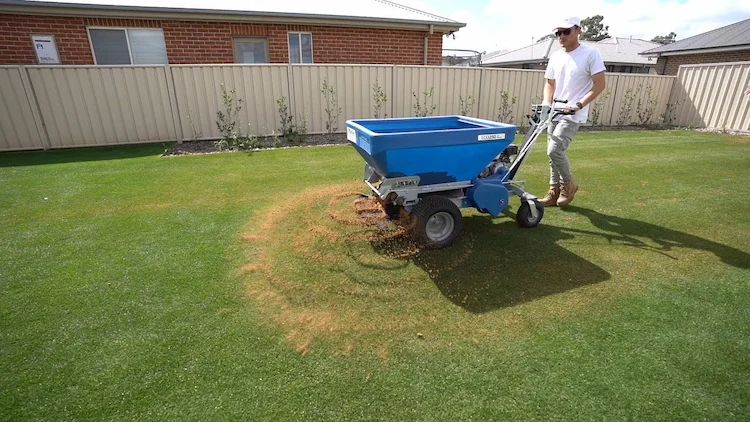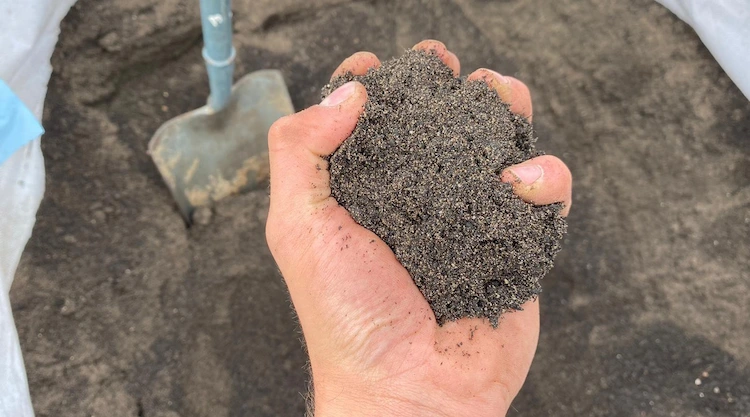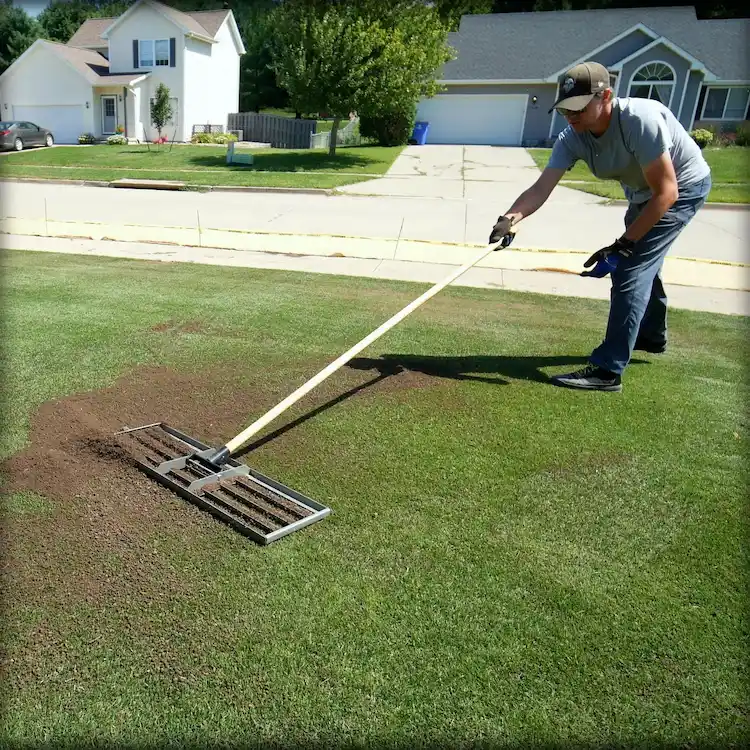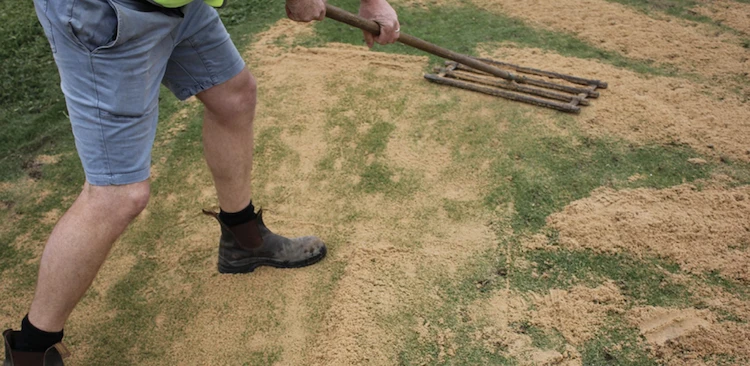Sanding lawns is an important job to do in the garden. If you’re wondering when to sand your lawn, why it’s necessary, and exactly how to do it, here are answers to those questions and tips on how to do it right.
Why sand the lawn?
Sand has the ability to prevent soil erosion and provide essential nutrients to the soil. Therefore, gardeners should bring it to the garden this season. Find out what you need to know.
Here are some reasons why you should sand your lawn:
1. Create healthier floors
Sand can promote healthier soil and slow erosion. Adding sand to the lawn helps improve topsoil structure. Most gardeners know that the perfect soil structure, known as loam, is a combination of particles of sand, clay, and silt.
2. Use sand to monitor irrigation
Proper watering of your lawn is very important if you want to achieve healthy growth. With the addition of sand, you can control waterlogging and maintain a healthier surface all year round.
3. Provision of nutrients
Sand is a natural way to enrich your lawn. When you use sand as a top dressing, it encourages important nutrients to penetrate the soil, supporting healthy growth.
4. Sand fills in unwanted gaps
You can also use sand to fill in any bald spots that might otherwise leave an unsightly scar on the surface. However, experts warn that this does not work if it has rained heavily. It is important not to use too much sand or the lawn will suffocate.
When should the lawn be sanded?

It is best to sand short cut lawns. This is best done in conjunction with scarifying or aerating and is usually done in spring.
Tipp:
Small amounts of sand can also be distributed without prior scarifying or aerating. However, the sand can work better into a thatched or aerated lawn.
Which sand is best suited?

For your garden at home, it is best to use washed, pure quartz sand with a grain size of 0.06 to 2 mm. Play sand should not be used for lawns because it cannot be spread easily.
How much sand do you need for your lawn?

If the sand is used annually to level the lawn, use 0.5-1L of sand per m². If sanding after scarifying, use 2-3 liters of sand per m². After scarifying with slot knives, use 3 – 5 liters of sand per m². After scarifying with hollow cones: 4 – 6 l sand per m².
The recommended amount of sand you should use also depends on the soil type of your lawn. Sanding is generally not necessary on soils that are already sandy. The more compacted or clayey a soil is, the more sand you should use to improve the lawn’s drainage.
Step-by-step guide to sanding

Sanding a lawn is not difficult. How to proceed:
- Simply spread an appropriate amount of sand over your lawn using a sand spreader or wheelbarrow. Sand piles are acceptable at this stage.
- Spread the sand out with the back of a rake and then finely with the tines.
- Sweep the sand in with a coarse broom.
- If the lawn needs to be leveled, drag a lawn leveling mat across the area several times. If the mat is too small, you may have to do this by hand. There are also lawn brushes that spread the sand evenly, but these are designed for larger towed equipment and are not suitable for small private lawns.
